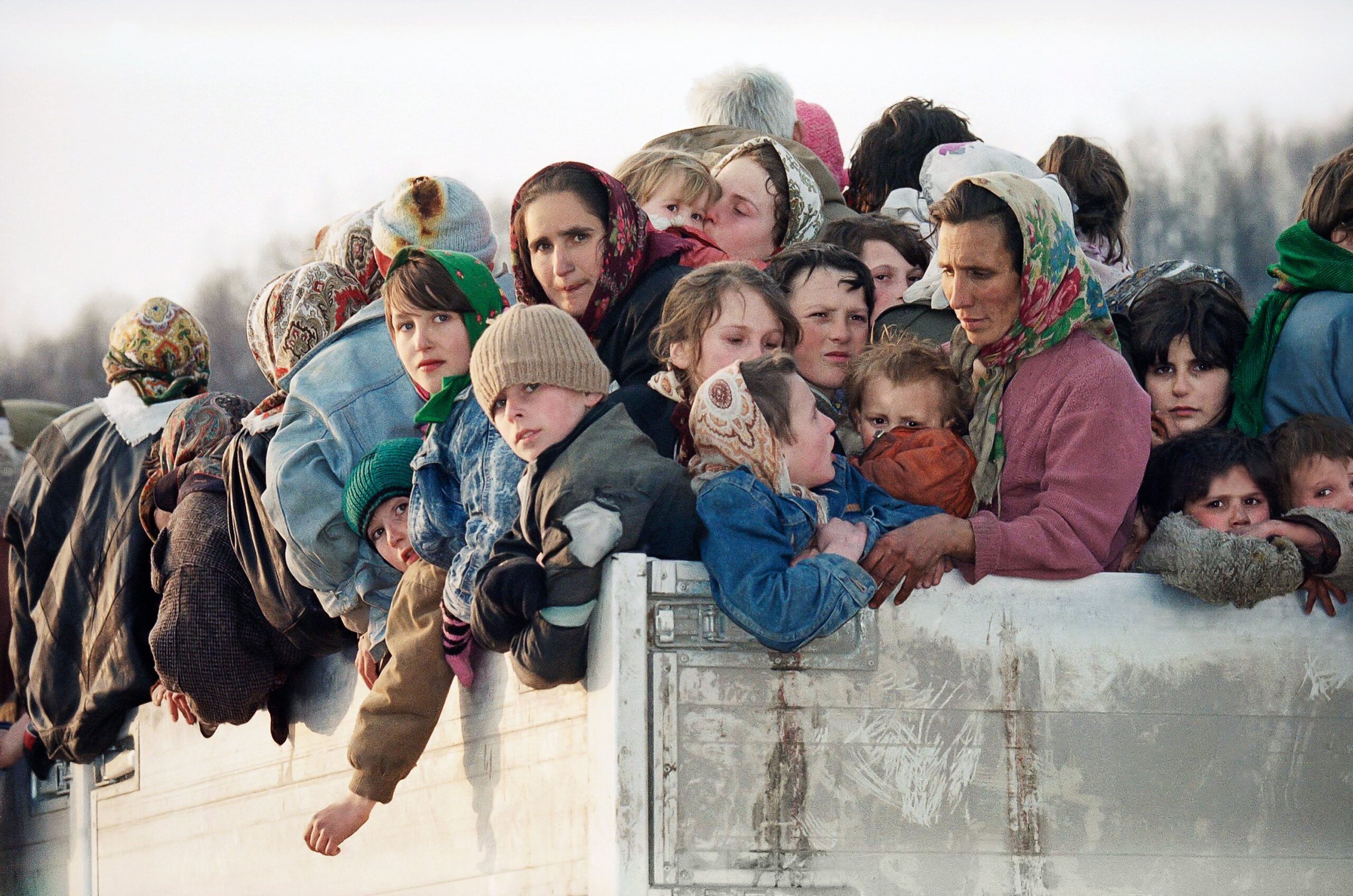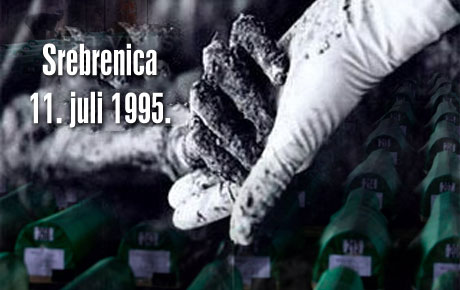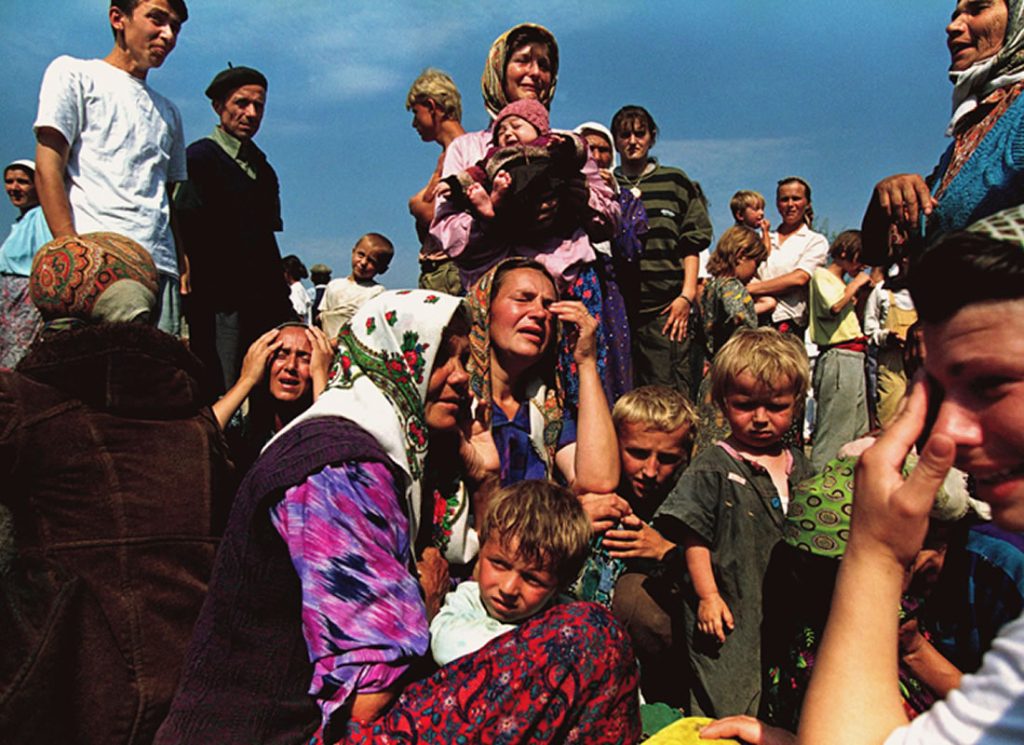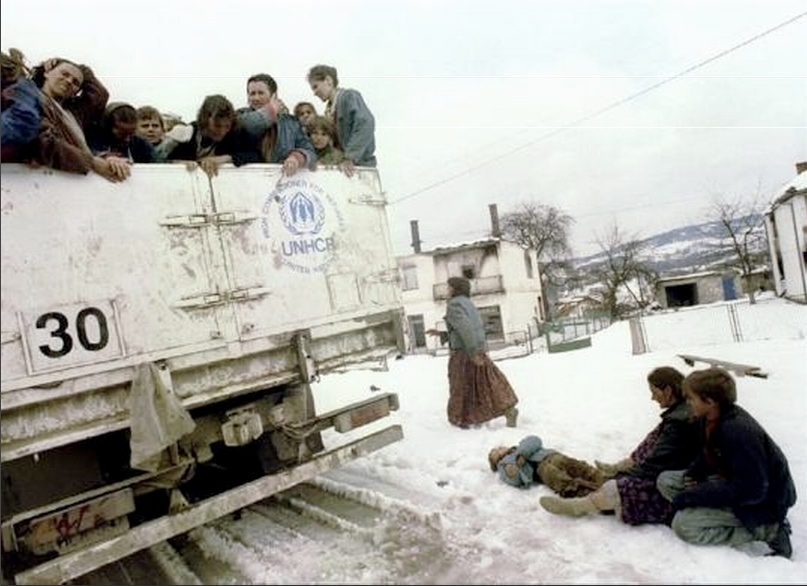Srebrenica Genocide - Study tour from Sarajevo
In July 1995, as part of an organized and planned attack by the Army of Republika Srpska, under the military command of the war criminal Ratko Mladić, the political directive of the war criminal Radovan Karadžić, with the logistical and military-police support of the Belgrade regime, the enclave of Srebrenica fell into the hands of the VRS.
 At three o’clock in the morning on July 6, 1995, the VRS launched an attack on Srebrenica. Advancing from the south, Serb troops burned Bosniak homes and villages, forcing thousands of civilians to flee to the UN base in the nearby town of Potočari, where several hundred Dutch soldiers were stationed. The ARBiH soldiers failed to prevent the Dutch troops from abandoning their observation posts, which fell one after another as the Serbian forces advanced.
At three o’clock in the morning on July 6, 1995, the VRS launched an attack on Srebrenica. Advancing from the south, Serb troops burned Bosniak homes and villages, forcing thousands of civilians to flee to the UN base in the nearby town of Potočari, where several hundred Dutch soldiers were stationed. The ARBiH soldiers failed to prevent the Dutch troops from abandoning their observation posts, which fell one after another as the Serbian forces advanced. By July 9, the VRS was only a kilometer outside the center of the town of Srebrenica. The RBiH army launched a counterattack the next day, briefly forcing the Serbs back to their original positions, but its success was short-lived.
By July 9, the VRS was only a kilometer outside the center of the town of Srebrenica. The RBiH army launched a counterattack the next day, briefly forcing the Serbs back to their original positions, but its success was short-lived. By July 9, the VRS was only a kilometer outside the center of the town of Srebrenica. The RBiH army launched a counterattack the next day, briefly forcing the Serbs back to their original positions, but its success was short-lived.
By July 9, the VRS was only a kilometer outside the center of the town of Srebrenica. The RBiH army launched a counterattack the next day, briefly forcing the Serbs back to their original positions, but its success was short-lived. On July 11, General Ratko Mladić, in front of a crowd of gathered journalists, declared: “On the eve of another great Serbian holiday, we are giving this city to the Serbian people… The time has come to take revenge on the Turks in this area after the revolt against the Dahi.” On the same night, about 15,000 Bosniak men gathered in the area of Šušnjar and Jaglić and set off through the forests in an attempt to reach free territory. Over two-thirds of the men who set out on this journey, which would become known as the Death March, were eventually captured and killed by the VRS.
On July 11, General Ratko Mladić, in front of a crowd of gathered journalists, declared: “On the eve of another great Serbian holiday, we are giving this city to the Serbian people… The time has come to take revenge on the Turks in this area after the revolt against the Dahi.” On the same night, about 15,000 Bosniak men gathered in the area of Šušnjar and Jaglić and set off through the forests in an attempt to reach free territory. Over two-thirds of the men who set out on this journey, which would become known as the Death March, were eventually captured and killed by the VRS.
 By the time VRS soldiers took control of the camp, without any resistance from UN forces, up to 6,000 refugees were in the Dutch base, while more than 20,000 others took refuge in the surrounding factory buildings. In addition to food and water shortages, Muslim civilians in Potočari faced unspeakable abuse by VRS soldiers. Survivors testify about torture, beatings, rapes and murders.
By the time VRS soldiers took control of the camp, without any resistance from UN forces, up to 6,000 refugees were in the Dutch base, while more than 20,000 others took refuge in the surrounding factory buildings. In addition to food and water shortages, Muslim civilians in Potočari faced unspeakable abuse by VRS soldiers. Survivors testify about torture, beatings, rapes and murders. VRS forces soon began separating men, boys, and the elderly from their families. Women, children, and the elderly were put on buses and forcibly deported to Kladanj. Men and boys were taken to places of detention in and around Bratunac, and most of them were never seen alive again. In just one week, the VRS executed over 8,000 Bosniak men and boys in and around Srebrenica.
VRS forces soon began separating men, boys, and the elderly from their families. Women, children, and the elderly were put on buses and forcibly deported to Kladanj. Men and boys were taken to places of detention in and around Bratunac, and most of them were never seen alive again. In just one week, the VRS executed over 8,000 Bosniak men and boys in and around Srebrenica. Over 25,000 women and children, many of whom reported rape and abuse by VRS soldiers, were simultaneously deported.
Over 25,000 women and children, many of whom reported rape and abuse by VRS soldiers, were simultaneously deported.
Officially judged as genocide by multiple verdicts of international courts, the crimes committed in Srebrenica in July 1995 represent one of the darkest pages in human history. Mass executions The first major mass execution took place in the Cerska Valley on July 13, 1995. The victims – men between the ages of 14 and 50 – were forced to line up on one side of the road while VRS soldiers shot at them from the other side.
Included
 English speaking local-expert guide and driver.
English speaking local-expert guide and driver. Free of charge pickup.
Free of charge pickup. All tour transfers are provided by Bosnian Experience.
All tour transfers are provided by Bosnian Experience. Entrance fees included, VAT 17% included in the price.
Entrance fees included, VAT 17% included in the price. All government taxes & entrance fees.
All government taxes & entrance fees. Cancellation Flexibility. Cancel 24hrs before departure for full refund or change dates.
Cancellation Flexibility. Cancel 24hrs before departure for full refund or change dates. Tour is available throughout the year.
Tour is available throughout the year.
Not included
 Personal travel insurance is not included. Please buy it at home country.
Personal travel insurance is not included. Please buy it at home country. Tips are not included in the tour costs. If you receive excellent service, please consider tipping.
Tips are not included in the tour costs. If you receive excellent service, please consider tipping. All tours are shared, unless specifically booked as private.
All tours are shared, unless specifically booked as private. This tour does not include food or drinks.
This tour does not include food or drinks.
Important to bring with you
 Comfortable walking shoes
Comfortable walking shoes Water bottle
Water bottle Smart casual dressing code
Smart casual dressing code








Trustindex verifies that the original source of the review is Google. My mother visited Sarajevo and for the time I was in the office I contacted Amar to arrange a custom tour. She couldn't have been happier with the tour he put together but also his approach and helpfulness. He even changed the itinerary slightly when she really wanted to see a specific museum. Pick up and drop off were timely, food was great. If I could give 6 stars I would!Posted onTrustindex verifies that the original source of the review is Google. Met with Amar to have a walking tour of Sarajevo to discover the war history of the city. Was a fantastic experience, especially as we had young children and he made them feel very comfortable.Posted onTrustindex verifies that the original source of the review is Google. ??Posted onTrustindex verifies that the original source of the review is Google. Professional and quality work ?❤️Posted onTrustindex verifies that the original source of the review is Google. Absolutely recommended. Great tours and ideas. Fulfill every wish that is possible and even the impossible. Very competent and friendly. One is by far in the best hands.Posted onTrustindex verifies that the original source of the review is Google. Zadovoljstvo je poznavati vas ❤️Posted onTrustindex verifies that the original source of the review is Google. Zadovoljstvo je biti u vašem društvu! Profesionalci do srži ❤️
